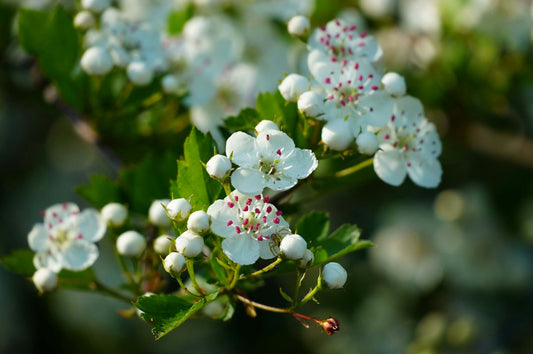The ancient practice of foraging has been perfected over millions of years via trial, success, and inevitable error. It is also an art form that we have in modern society become distanced from. While it is still an important practice amongst many indigenous communities - alongside agriculture, pastoralism, and horticulture - most of the Western world relies solely on convenience foods from supermarkets for sustenance.
However, despite our capitalist environment, foraging appears to be making somewhat of a resurgence. This has largely been popularized by social media channels such as Facebook, Instagram, and TikTok, as well as by a plethora of comprehensive books by experts for would-be foragers. In the face of passive consumption, people are seeking out a deeper connection with the natural world, self-reliance, and communal bonding.
In this article we will address the fundamentals of foraging, including:
- Safety
- Legalities
- Sustainability
Later throughout the series, we will look into which plants are in season, where to find them, and even add a recipe idea for each foragable food!
Safety
There are several safety factors to consider when foraging. These include:
- "If in doubt, leave it out.” This is the number one safety rule when foraging. If you are at all unsure about what you are picking, do not eat it. Many edible plants and fungi have striking similarities to inedible and poisonous plants and fungi. Some of these poisonous varieties can even be fatal if ingested.
- Be aware. Avoid picking from places that may be contaminated. This includes places like busy roadsides and anywhere where pesticides or fertilizers have been sprayed. You should also be cautious around dog walking spots, trying to forage plants that are above waist height in these areas.
Legalities
It is always important that you know the law when foraging. Things to look out for include:
- If the area is privately owned. Do not forage on privately owned land unless you have permission from the owner. In the USA, it is also illegal to forage on state-owned land in some states, such as Arkansas and California. States and local governments tend to have their own rules, so the law differs greatly depending on location. More information on this can be found here.
- If the area is protected. Rules will always differ depending on where you are in the world. For instance, some National Parks in the USA ban foraging entirely, while others allow, and even encourage it. In the UK, it is usually legal to forage in all National Parks. Whereas other protected areas, such as the Royal Parks of London, usually do not allow foraging.
- If the plants are protected. Some plant species are protected by international trade laws under agreements and conventions such as CITIES - the Convention of International Trade in Endangered Species of Wild Fauna and Flora. Other plants are protected nationally. It is illegal to pick, uproot, or destroy these wild plants or any seeds or spores attached to these plants. It’s therefore important when foraging to always check the bylaws in your area and be aware of your surroundings.
Sustainability
Always forage sustainably. All foragable plants are part of a wider ecosystem, and there is a multitude of other organisms that rely on them for survival.
Sustainable practices include:
- Keep your haul small. Only pick plants and fungi from areas of abundance, and only take what you know that you will need.
- Cut, don’t uproot. Never uproot plants when foraging (unless the plant is a known invasive species, such as the three-cornered leek). Uprooting kills the plant, whereas cutting it allows it to regrow from the root.
- Leave no trace. Do not move objects or plants or generally disrupt the environment in which you are foraging. Don’t leave litter, build structures, or dig trenches. Leave the area as you found it and have respect for nature.
Sources
- Linnekin, B.J. (2018). The case for legal foraging in America’s National Parks. https://thecounter.org/the-case-for-legalizing-foraging-in-national-parks/
- The Royal Parks and Other Open Spaces Regulations 1997. https://www.legislation.gov.uk/uksi/1997/1639/contents/made
- What are the laws that protect wild plants?https://www.lancashire.police.uk/faqs/wildlife-crime/what-are-the-laws-that-protect-wild-plants/
- North Carolina Imperiled Plant Regulations & Related information. https://www.ncplantfriends.org/rare-plants--regulations.html




